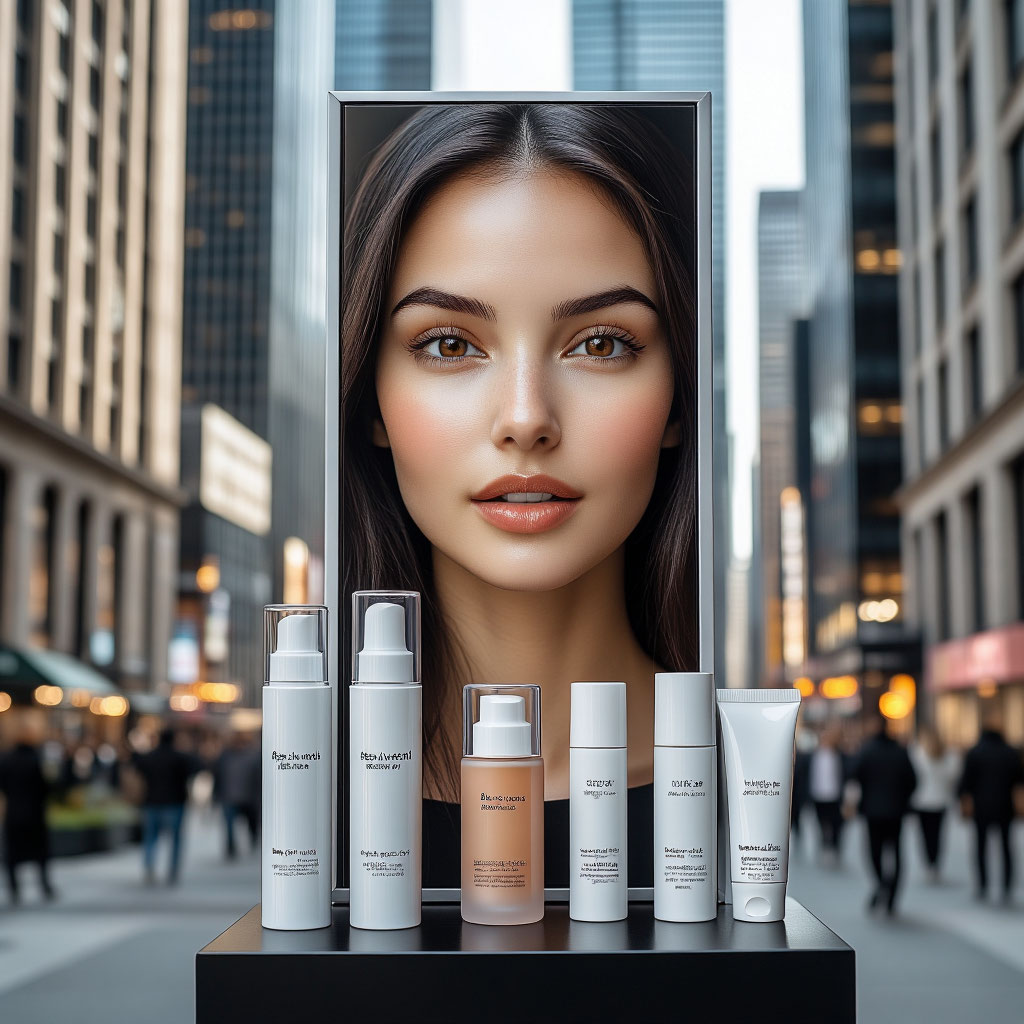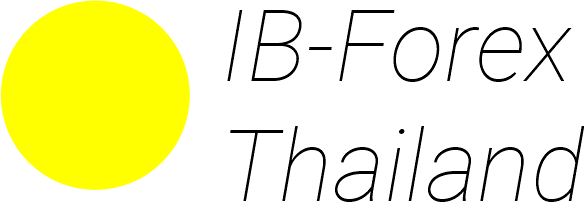
Investing in beauty brands has emerged as a compelling opportunity for traders and investors seeking high-growth potential. With global beauty and personal care markets expanding rapidly and consumer preferences constantly evolving, the next unicorn could be waiting in the wings. This guide provides a comprehensive roadmap for spotting billion-dollar beauty brands, evaluating investment opportunities, and understanding market dynamics.
Why Beauty Brands Are a Hot Investment Opportunity
The beauty sector combines innovation, brand loyalty, and recurring revenue streams—elements that make it attractive to investors. Beyond cosmetics and skincare, the sector now includes aesthetic clinics, wellness products, and tech-driven solutions that are reshaping the market.

Market Growth and Emerging Trends in Beauty
The global beauty market is expected to surpass $800 billion by 2027, driven by emerging markets, online retail growth, and innovative product launches. Key trends include:
- Clean and sustainable beauty: Consumers increasingly demand eco-friendly and cruelty-free products.
- Personalization: AI-driven skincare and makeup recommendations are creating niche market segments.
- Tech integration: Beauty brands are adopting advanced technologies such as AR try-on apps and smart skincare devices.
- Aesthetic services boom: The popularity of aesthetic clinics has skyrocketed, with more consumers searching for an “aesthetic clinic near me” for non-invasive procedures.
These trends suggest that investors who recognize early-stage brands addressing these needs can capture substantial upside.
Consumer Behavior Shaping the Future of Beauty Brands
Millennials and Gen Z are driving change in purchasing behavior:
- Preference for direct-to-consumer (DTC) brands for convenience and engagement.
- Influence of social media and influencer marketing in shaping purchasing decisions.
- Demand for transparency in product ingredients, ethical sourcing, and corporate responsibility.
Understanding these behaviors is essential for predicting which brands are likely to scale successfully.
Key Players in Beauty Brand Investments
Investing in beauty brands is not just about spotting trends—it also involves knowing the key investors and financial institutions shaping the sector.
Who’s Leading the Way: Top Beauty Investors and Venture Funds
Prominent venture capital firms and private equity groups are actively investing in beauty startups:
- L Catterton: Focused on consumer and beauty brands, backing companies like Glossier and Sunday Riley.
- Sequoia Capital: Strategic investments in tech-enabled beauty companies.
- Bain Capital: Known for acquiring and scaling luxury and mass-market beauty brands.
These investors bring not only capital but also strategic guidance, operational expertise, and industry connections.
Success Stories: Beauty Brands That Achieved Unicorn Status
Several beauty brands have reached valuations exceeding $1 billion:
- Fenty Beauty: Revolutionized the cosmetics industry through inclusivity and marketing.
- Huda Beauty: Leveraged influencer marketing and social media to scale globally.
- Drunk Elephant: Focused on clean beauty and premium skincare, attracting private equity investment.
These success stories demonstrate that innovative marketing, product differentiation, and alignment with consumer values are key drivers of growth.
How to Evaluate a Beauty Brand Before Investing
Before committing capital, investors must conduct thorough due diligence. Several factors distinguish a potential unicorn from a promising but unproven brand.
Brand Identity and Market Differentiation
Evaluate whether the brand has:
- A distinctive positioning in a competitive market.
- Clear messaging and a loyal customer base.
- Innovative products that stand out from competitors.
Brands that carve a niche and cultivate a strong community are more likely to achieve high valuations.
Financial Health: Metrics That Matter
Assess the company’s financials, focusing on:
- Revenue growth rate and scalability.
- Gross margins and profitability trends.
- Customer acquisition cost (CAC) versus lifetime value (LTV).
- Burn rate and runway for startups seeking follow-on funding.
Robust financial metrics indicate a brand can scale efficiently and attract future investors.
Product Portfolio and Innovation Pipeline
Successful beauty brands consistently expand their product offerings while maintaining quality:
- Analyze product diversification to mitigate market risk.
- Evaluate R&D investments for long-term innovation.
- Examine patent portfolios or proprietary technologies that create barriers to entry.
Marketing Strategy and Consumer Engagement
Marketing is critical in beauty brand success:
- Strong digital presence on social media platforms.
- Engaging influencer collaborations.
- Data-driven campaigns to optimize customer acquisition and retention.
Investors should favor brands that combine creativity with measurable marketing effectiveness.
Investment Strategies for Beauty Brands
Different investment vehicles offer varying risk and return profiles.
Direct Equity Investment vs. Venture Capital
- Direct equity investment: Buying shares of established public companies or private placements. Provides potential for long-term capital appreciation.
- Venture capital: Investing in early-stage startups. Higher risk but potentially higher reward. VC investors often gain board influence and strategic input.
Beauty-Focused ETFs and Mutual Funds
Exchange-traded funds (ETFs) and mutual funds allow investors to gain diversified exposure to beauty and wellness companies. Benefits include:
- Reduced company-specific risk.
- Exposure to top-performing beauty stocks without intensive research.
- Liquidity and ease of portfolio management.
| Fund Type | Example | Key Companies | Investment Focus |
| ETF | Global X Beauty ETF | Coty, Estée Lauder, L’Oréal | Publicly traded beauty and wellness brands |
| Mutual Fund | Fidelity Consumer Staples Fund | Procter & Gamble, Unilever | Broader consumer and personal care sector |
Crowdfunding and Alternative Investment Opportunities
Platforms such as SeedInvest or Republic allow smaller investors to participate in early-stage beauty companies. Advantages include early access to innovative brands, but investors must be aware of higher illiquidity and risk.
Common Challenges in Beauty Brand Investments
Despite attractive growth prospects, investing in beauty brands presents specific risks.
Market Saturation and Competition
- Highly fragmented market with thousands of niche brands.
- Strong competition from established global players like L’Oréal and Estée Lauder.
- Rapidly changing consumer preferences require continuous innovation.
Regulatory Risks and Compliance Issues
Beauty products and aesthetic treatments must comply with regional regulations:
- Safety testing, ingredient restrictions, and labeling requirements.
- Liability and legal exposure in aesthetic procedures, including those sought at aesthetic clinic near me services.
- Regulatory scrutiny can impact product launches and marketing campaigns.
Supply Chain and Sustainability Challenges
- Dependence on global suppliers for raw materials.
- Rising consumer demand for sustainable sourcing.
- Operational disruptions, such as shipping delays or ingredient shortages, can affect revenue.
Valuation Techniques for Beauty Brands
Accurately valuing a beauty brand is crucial for making informed investment decisions.
Revenue Multiples and Profitability Metrics
- Commonly used multiples: Price-to-Sales (P/S), Price-to-Earnings (P/E).
- High-growth brands may trade at 10–15x revenue multiples, reflecting future growth expectations.
- EBITDA margins and gross profit trends provide insight into operational efficiency.
Brand Equity and Intangible Assets
- Assess brand recognition, customer loyalty, and intellectual property.
- Social media following, engagement rates, and online sentiment can serve as proxies for brand strength.
Scenario Analysis and Growth Forecasting
- Model best-case, base-case, and worst-case growth scenarios.
- Consider market expansion, product diversification, and potential acquisitions.
- Use sensitivity analysis to determine how changes in revenue, margins, or CAC impact valuation.
Case Studies: Beauty Brands That Became Unicorns
Learning from real-world examples can provide actionable insights for investors.
How They Scaled from Startup to Billion-Dollar Brand
- Fenty Beauty: Launched with a focus on inclusivity and diversity; used celebrity influence and social media to rapidly capture market share.
- Glossier: Built a community-driven brand; leveraged e-commerce and digital marketing to minimize overhead and maximize engagement.
- Drunk Elephant: Positioned as a clean beauty pioneer; expanded product line strategically while maintaining premium pricing.
Lessons Learned for Future Investors
- Strong branding and consumer trust are critical.
- Digital-first marketing reduces costs and improves scalability.
- Early adoption of emerging trends (e.g., sustainability, tech-driven personalization) creates a competitive edge.
The Future of Beauty Brand Investments
The beauty sector continues to evolve, offering new opportunities for investors.
Emerging Trends and Market Disruptors
- Tech-enabled beauty devices: Skin analyzers, AR/VR try-on tools, and smart applicators.
- Medical technology integration: Companies blending aesthetic services with medical-grade devices are emerging.
- Cross-sector collaborations: Partnerships between beauty, wellness, and healthcare are expanding revenue channels.
Opportunities for the Next Generation of Beauty Unicorns
- Early-stage brands addressing personalized skincare or wellness tech.
- Brands that embrace sustainability and circular economy models.
- Companies with strong data-driven customer engagement strategies.
Investors who identify these opportunities early may achieve substantial returns as these brands scale globally.
Conclusion: Making Smart Beauty Investment Decisions
Investing in beauty brands requires a balance of market insight, financial analysis, and strategic vision. Key takeaways include:
- Prioritize brands with strong differentiation, financial health, and innovative products.
- Consider a mix of direct equity, venture capital, and diversified ETFs to manage risk.
- Monitor market trends, consumer behavior, and regulatory developments closely.
- Learn from unicorn success stories and apply those lessons to identify the next high-growth brand.
By following these principles, investors can position themselves to spot and profit from the next billion-dollar beauty brand while navigating the sector’s complexities.
